Do you have a question about the Cessna 206 Series and is the answer not in the manual?
Details on speed, climb rate, stall speed, and weight limits.
Defines acceptable CG ranges for various weights.
Specifies maximum weights for ramp, takeoff, and landing.
Details maximum and minimum operating airspeeds.
Defines acceptable aircraft maneuver limits.
Specifies approved ranges for takeoff and landing flaps.
Notes differences in airspeed markings due to floats.
Lists essential placards required for operation.
Checklists for engine failure during takeoff on water and land.
Steps for emergency landings on water and land without engine power.
Steps for landing gear failure to retract or extend.
Procedure for landing on land with landing gear in the 'up' position.
Guidance for mechanical failures affecting gear position.
Pre-flight inspection steps before entering the aircraft.
Procedures to follow before starting the engine.
Pre-takeoff checks and warnings.
Steps for taking off on water.
Steps for taking off on land.
Checks before landing on water.
Checks before landing on land.
Steps for landing on water.
Steps for landing on land.
Procedure for go-around.
Procedure for securing the aircraft after landing.
Stall speeds, climb rates, and glide for specific models.
Calibration data for airspeed indicators.
Stall speeds at various flap settings and bank angles.
Ground takeoff distances with obstacles at various conditions.
Water takeoff distances with obstacles at various conditions.
Takeoff climb rates and gradients at various conditions.
Enroute climb rates and gradients at various conditions.
Balked landing climb rates and gradients.
Ground landing distances with obstacles at various conditions.
Water landing distances with obstacles at various conditions.
Sample loading problem and aircraft weight/moment envelope.
Aircraft CG location charts for moment and weight.
Changes from landplane to amphibious seaplane.
Specific modifications made to the aircraft by Cessna.
Components installed for the Aerocet float system.
Description of the retractable amphibious landing gear.
Details on the gear advisory unit, handle, and indicator lights.
How the audio system provides gear position information.
Recommended methods for securing the amphibian.
Procedure for beaching the aircraft and flushing the wheel wells.
Information on tire pressure and hydraulic fluid servicing.
Details on speed, climb rate, stall speed, and weight limits.
Defines acceptable CG ranges for various weights.
Specifies maximum weights for ramp, takeoff, and landing.
Details maximum and minimum operating airspeeds.
Defines acceptable aircraft maneuver limits.
Specifies approved ranges for takeoff and landing flaps.
Notes differences in airspeed markings due to floats.
Lists essential placards required for operation.
Checklists for engine failure during takeoff on water and land.
Steps for emergency landings on water and land without engine power.
Steps for landing gear failure to retract or extend.
Procedure for landing on land with landing gear in the 'up' position.
Guidance for mechanical failures affecting gear position.
Pre-flight inspection steps before entering the aircraft.
Procedures to follow before starting the engine.
Pre-takeoff checks and warnings.
Steps for taking off on water.
Steps for taking off on land.
Checks before landing on water.
Checks before landing on land.
Steps for landing on water.
Steps for landing on land.
Procedure for go-around.
Procedure for securing the aircraft after landing.
Stall speeds, climb rates, and glide for specific models.
Calibration data for airspeed indicators.
Stall speeds at various flap settings and bank angles.
Ground takeoff distances with obstacles at various conditions.
Water takeoff distances with obstacles at various conditions.
Takeoff climb rates and gradients at various conditions.
Enroute climb rates and gradients at various conditions.
Balked landing climb rates and gradients.
Ground landing distances with obstacles at various conditions.
Water landing distances with obstacles at various conditions.
Sample loading problem and aircraft weight/moment envelope.
Aircraft CG location charts for moment and weight.
Changes from landplane to amphibious seaplane.
Specific modifications made to the aircraft by Cessna.
Components installed for the Aerocet float system.
Description of the retractable amphibious landing gear.
Details on the gear advisory unit, handle, and indicator lights.
How the audio system provides gear position information.
Recommended methods for securing the amphibian.
Procedure for beaching the aircraft and flushing the wheel wells.
Information on tire pressure and hydraulic fluid servicing.
| Manufacturer | Cessna |
|---|---|
| Engine Type | Piston |
| Engine Model | Continental IO-520-F |
| Horsepower | 300 hp |
| Seating Capacity | 6 |
| Max Takeoff Weight | 3, 600 lb (1, 633 kg) |
| Model | 206 Series |
| Service Ceiling | 15, 700 ft (4, 785 m) - typical |
| Type | Single-engine, high-wing, fixed-gear |
| Variants | U206, TU206, P206, TP206 |
| Wingspan | 36 feet |
| Length | 28 feet |
| Height | 9 feet |
| Fuel Capacity | 84 US gal (318 L) |
| Landing Distance | 1, 385 ft (422 m) |
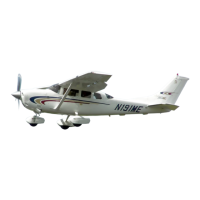
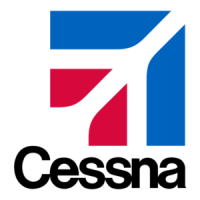

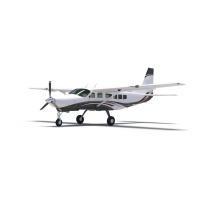
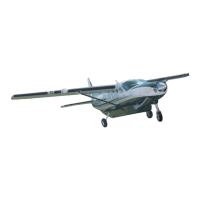

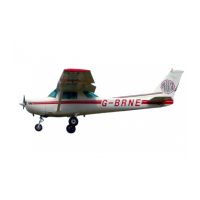
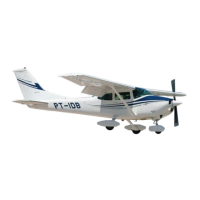
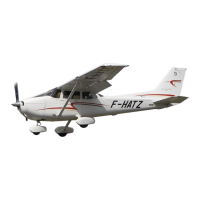
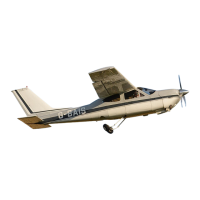
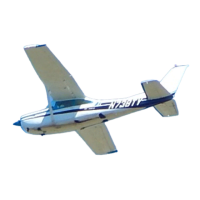
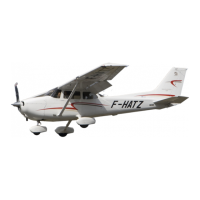
